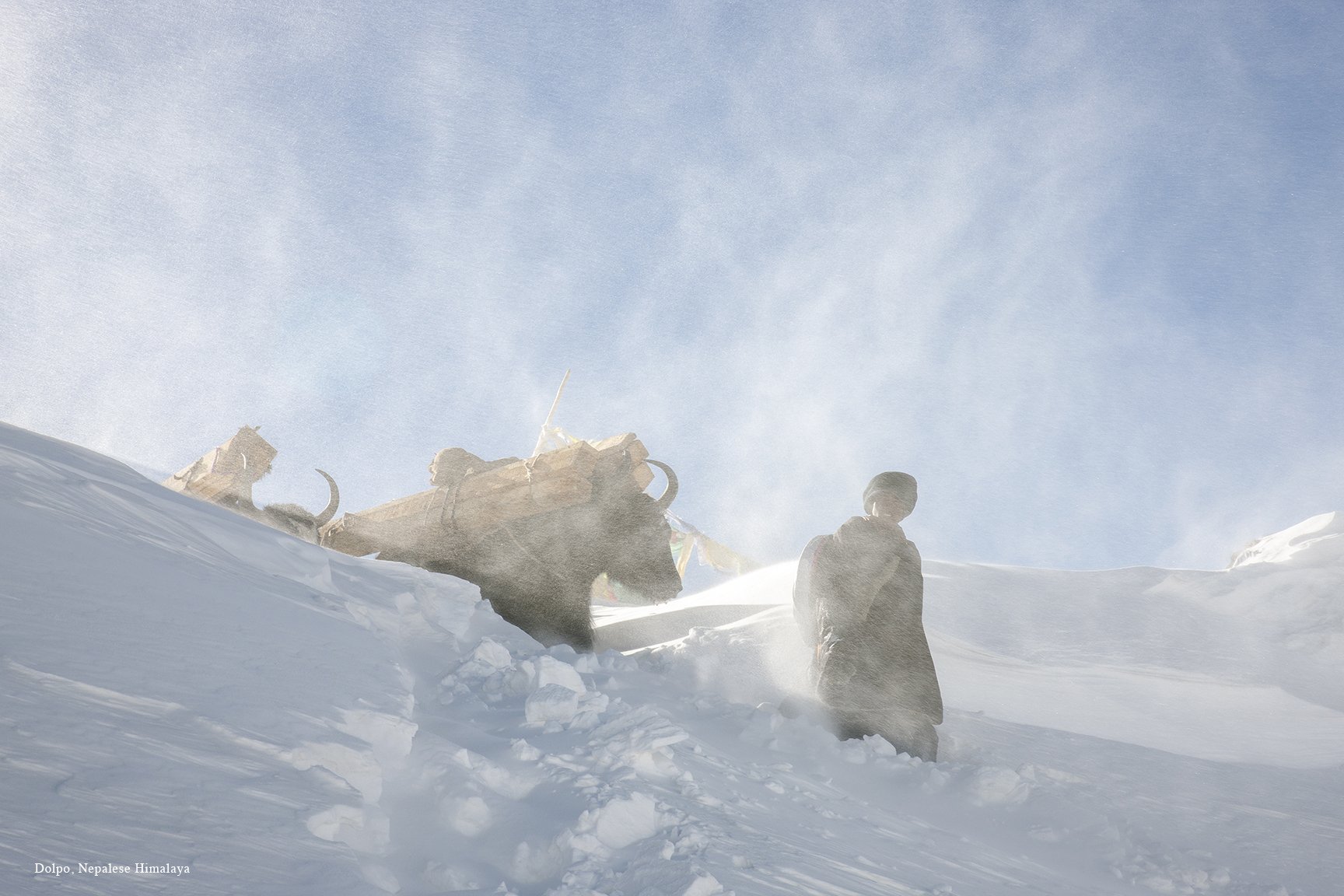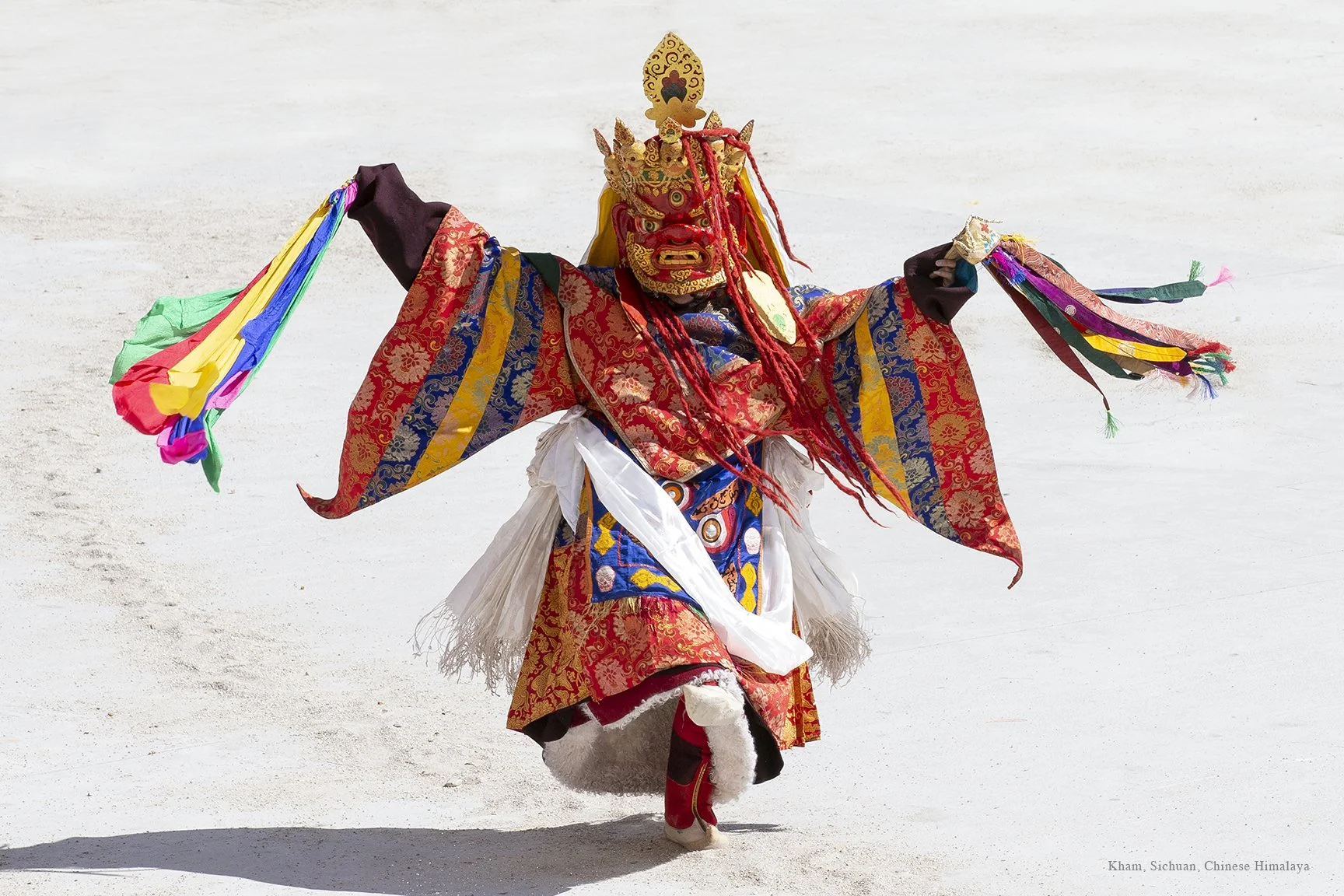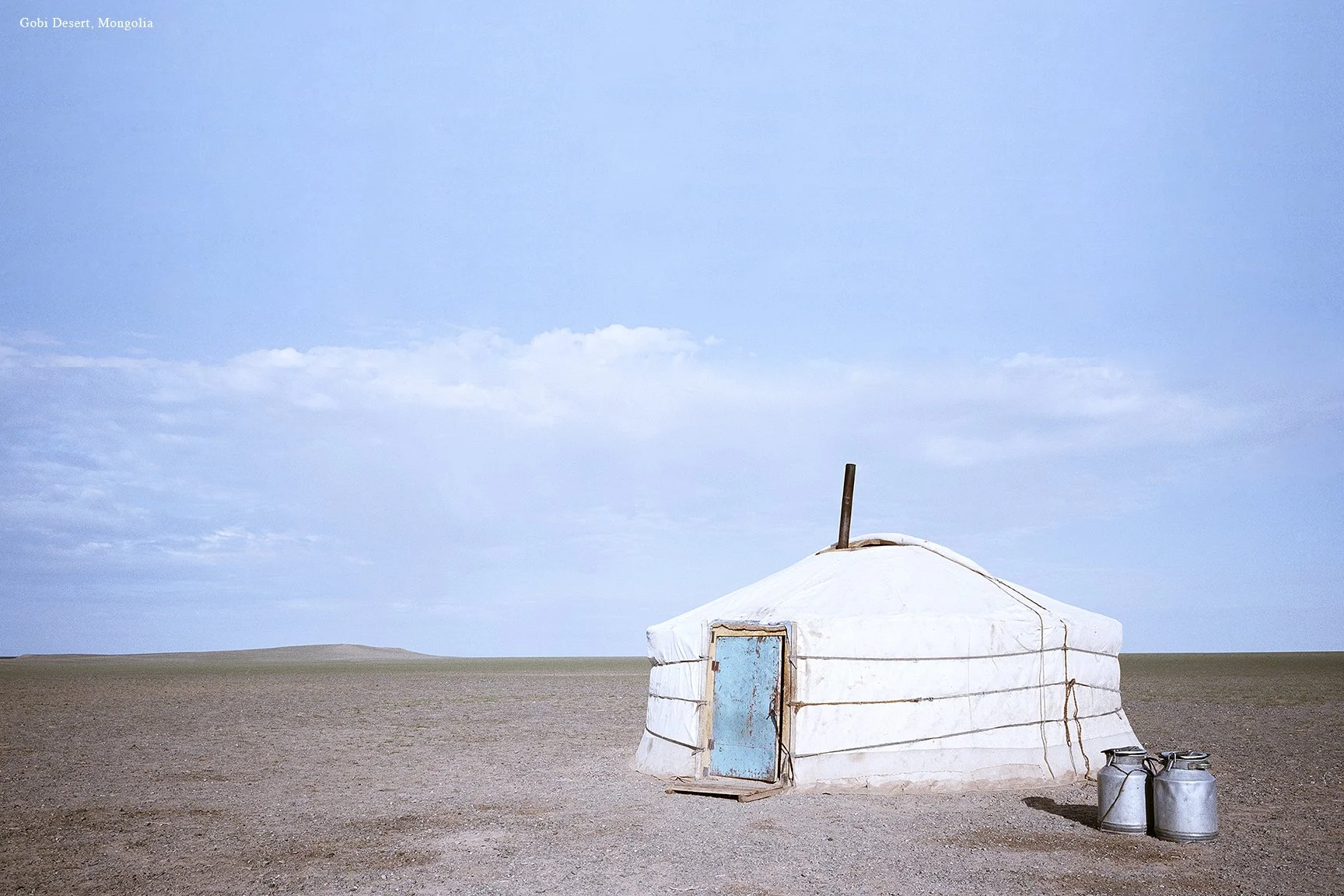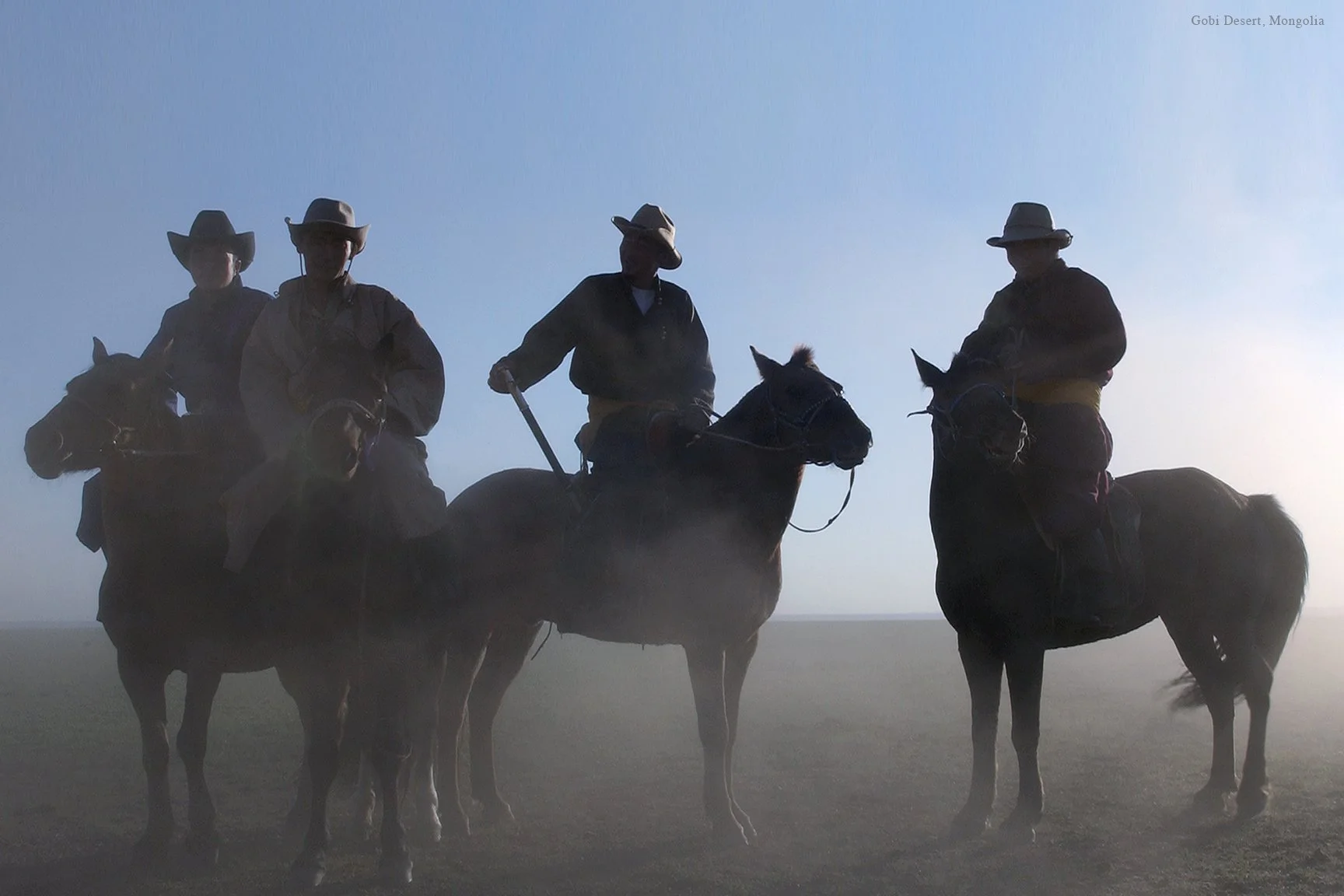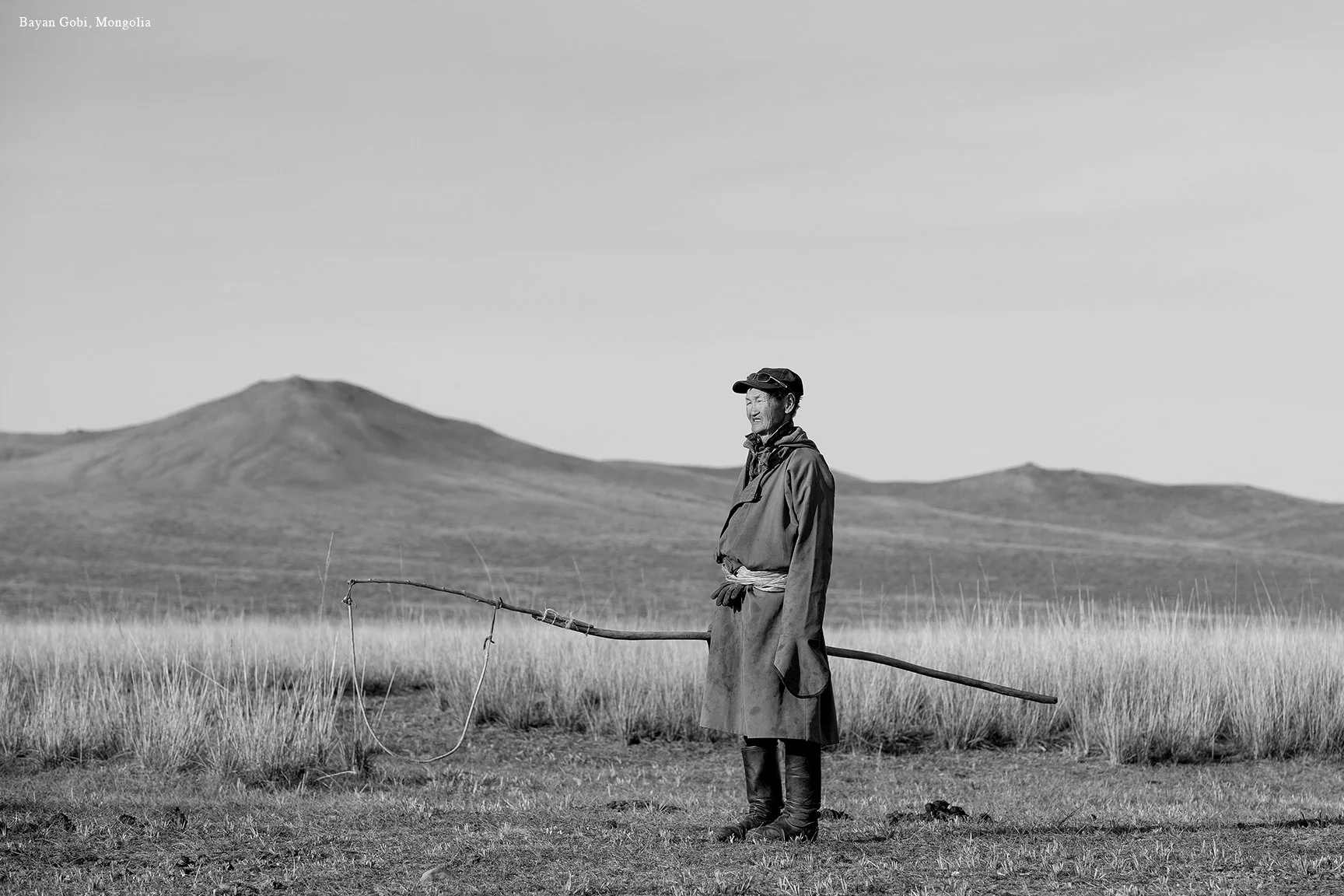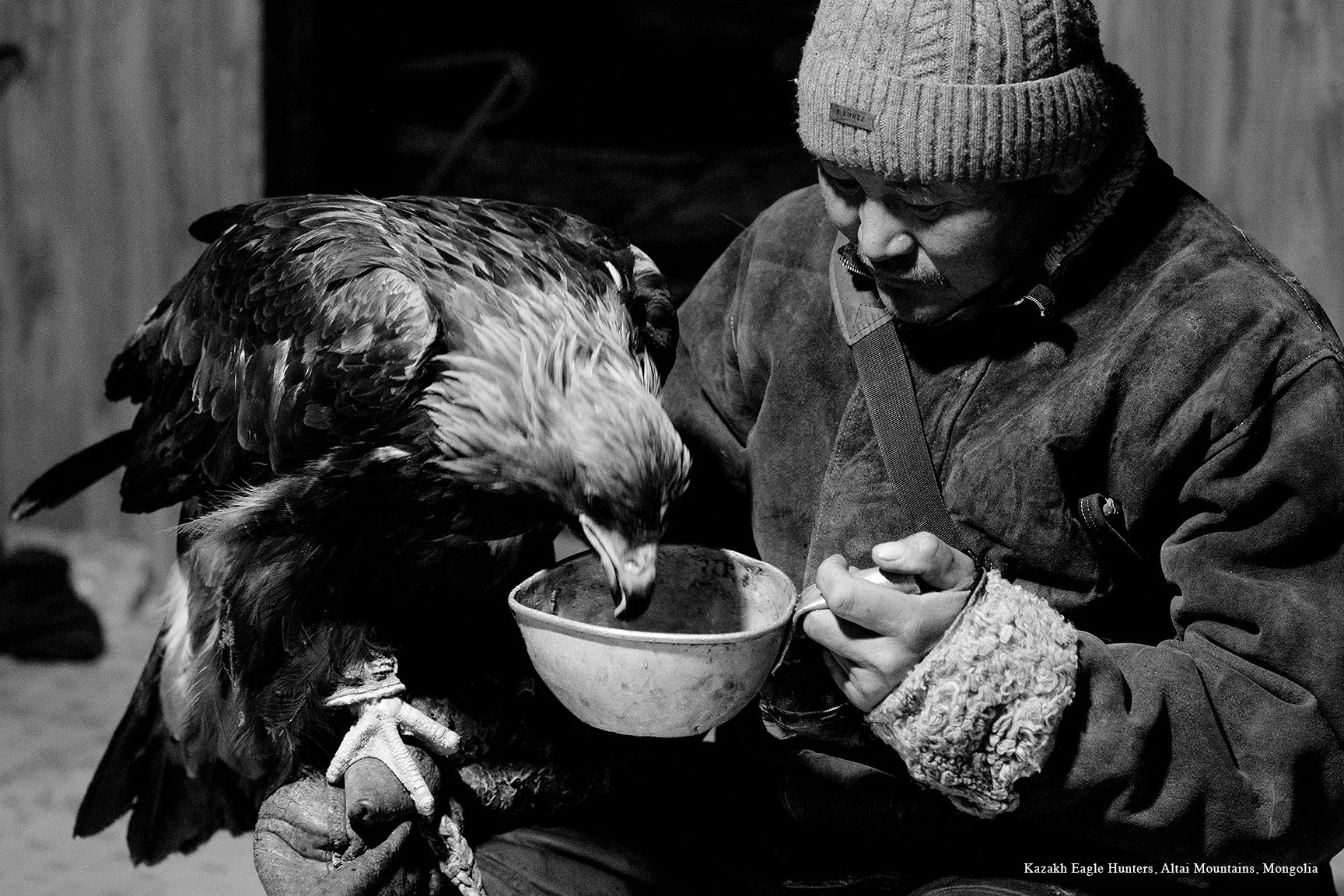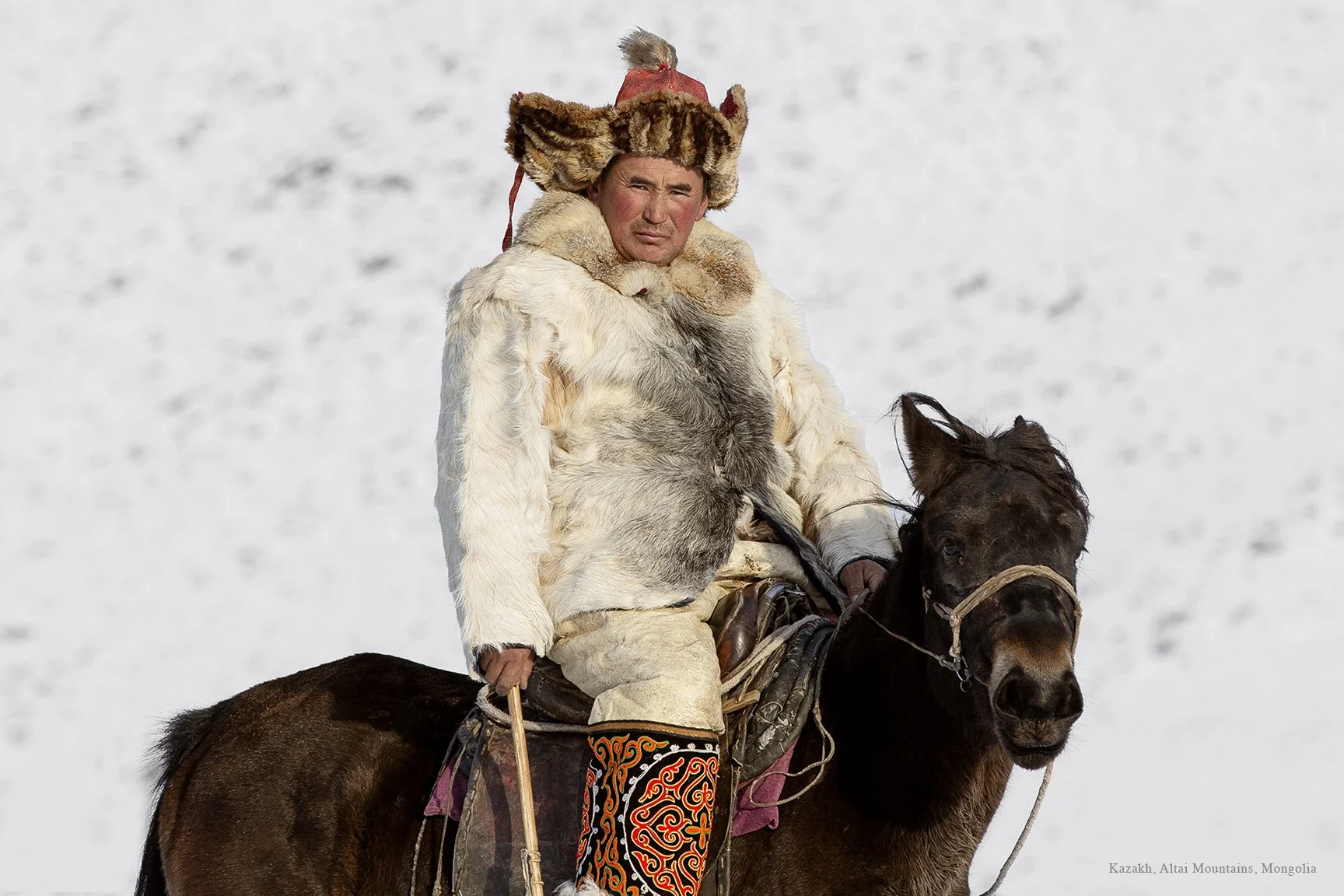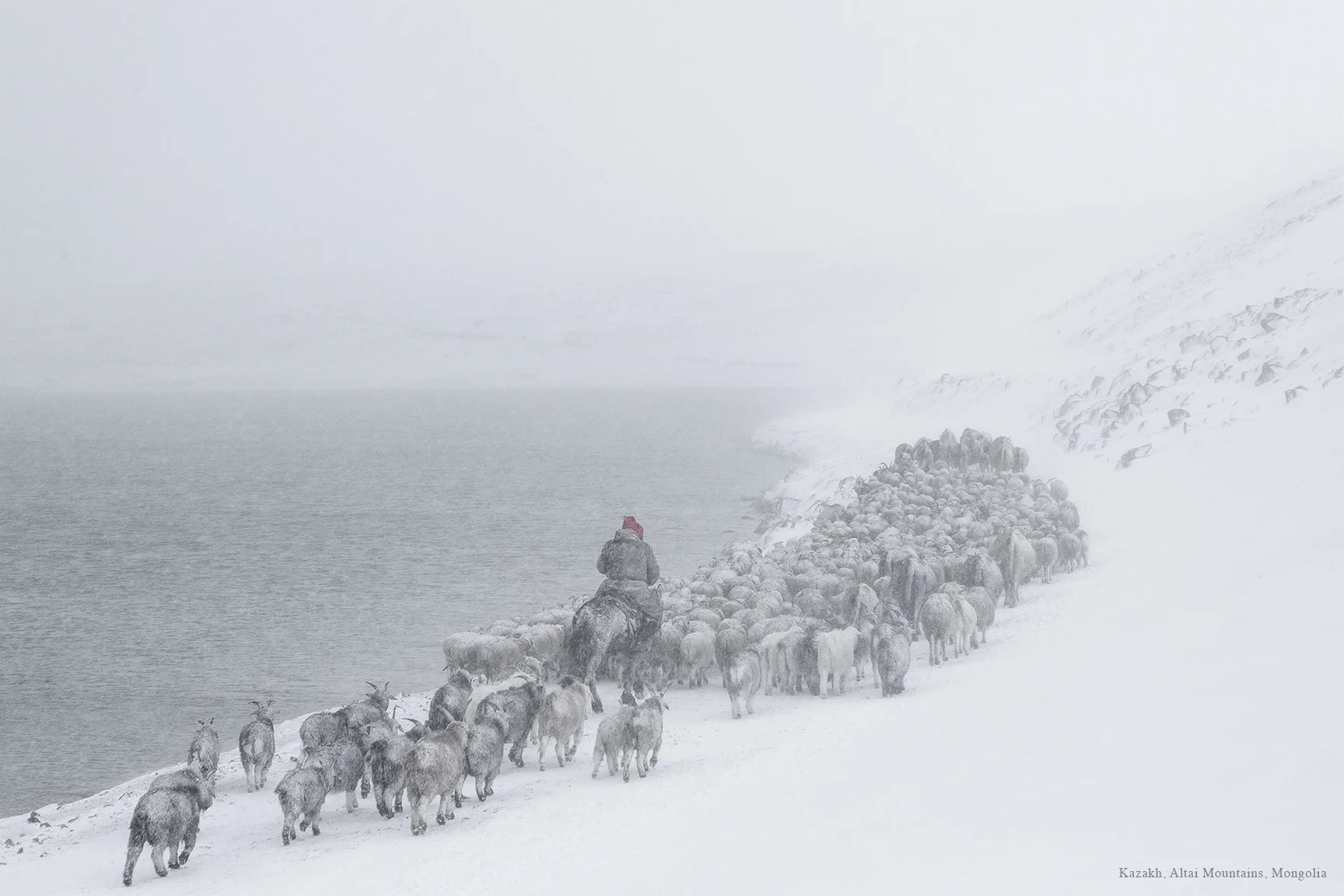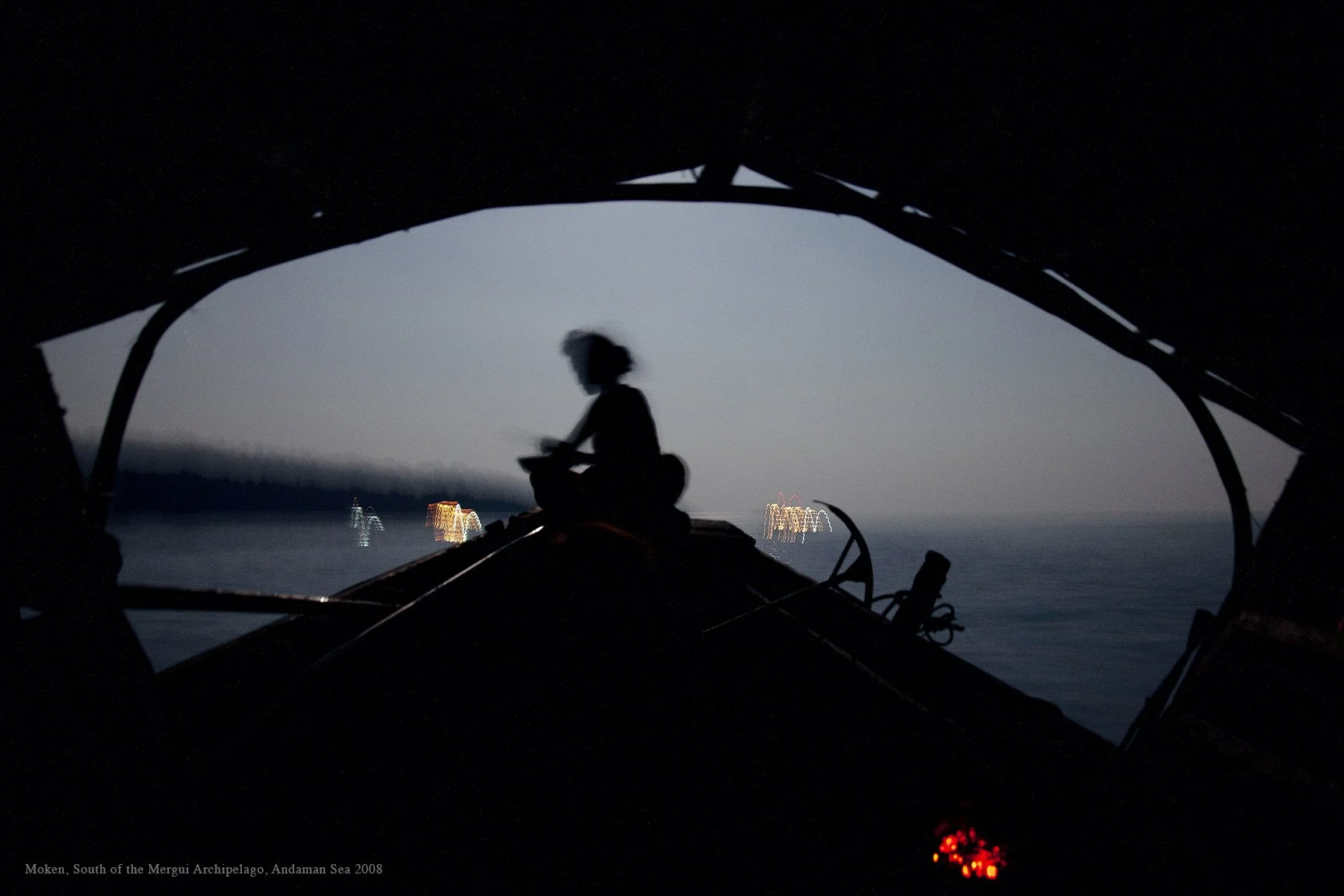Artist Statement
I have always been fascinated by the human spirit and our relationship with the natural world. For over a decade, I have lived with some of the last remaining nomadic communities across the High Himalaya, Arctic Circle, Gobi Desert and Andaman Sea, documenting their way of life in some of the most remote environments on the planet. I am drawn to their rugged spirit and lightness of being. I have witnessed their deep connection to land and sense of belonging to the natural world. They carry an ancient wisdom of how to live in harmony with nature, their lives tied to its cycles, taking only what they need and leaving behind the faintest imprint on the earth.
There’s something fundamental about how they live that we have lost in our broken consumerist societies. Unencumbered by the trappings and comforts of a settled life, they embody a powerful freedom, a force that binds them as communities and underscores their resilience, and it’s this spirit, that Ibn Khaldun called asabiyya (in Anthony Sattin’s book Nomads) that I’m drawn to, that I’m trying to listen to and communicate through my images.
“At the heart of today’s so-called ‘environmental crisis’ is something profound and disturbing; we are simply not at one with the world in which we live. We are not ‘true dwellers of the land’ and behave for the most part as if we are uncaring itinerants hanging around until we’ve used everything up and then moving on. For most people in most rich world countries, the visceral connections between people, land and community have been broken apart. With that febrile, disconnected, uncaring world now in meltdown, one can only hope that enough people, a little wiser and a little humbler, will understand how much we still have to learn from those who never lost those visceral connections from the true dwellers of the land.”
”
Since I began my nomad project, two of the communities that I lived with have been obliged to settle as a result of forced assimilation and the impacts of our rapidly changing climate. As their way of life is increasingly threatened, I hope my images capture something of their way of knowing the world, both as a visual trace for the nomads themselves and to help bring their knowledge into focus.
The next phase of the project is to return with my images to the nomadic communities, building on the trust I have established and inviting deeper collaboration to capture their voice and perceptions of the world through other forms of storytelling, to sit alongside my images.
This next part of the project’s journey will involve other people – bringing in those who are equipped to help support the project’s development, and those who are open to listening to ways of knowing that we have forgotten or overlooked.
I am developing this next phase of the project with Natasha Freedman, a creative force whose understated but powerful female spirit resonates with mine. I have always recognised female power and it has been through building relationships with extraordinary women that has given me access to the nomadic communities I’ve been privileged to spend time with.
Alongside plans of returning to the nomads, Natasha and I will be inviting people to join us in the wild for creative conversations, workshops and journeys, leaning into the ancient wisdom of the nomads to inspire a reimagining of how we might live more lightly on the earth, in balance with nature and with greater equity.
If you would be interested in collaborating, please contact me or follow on Instagram




